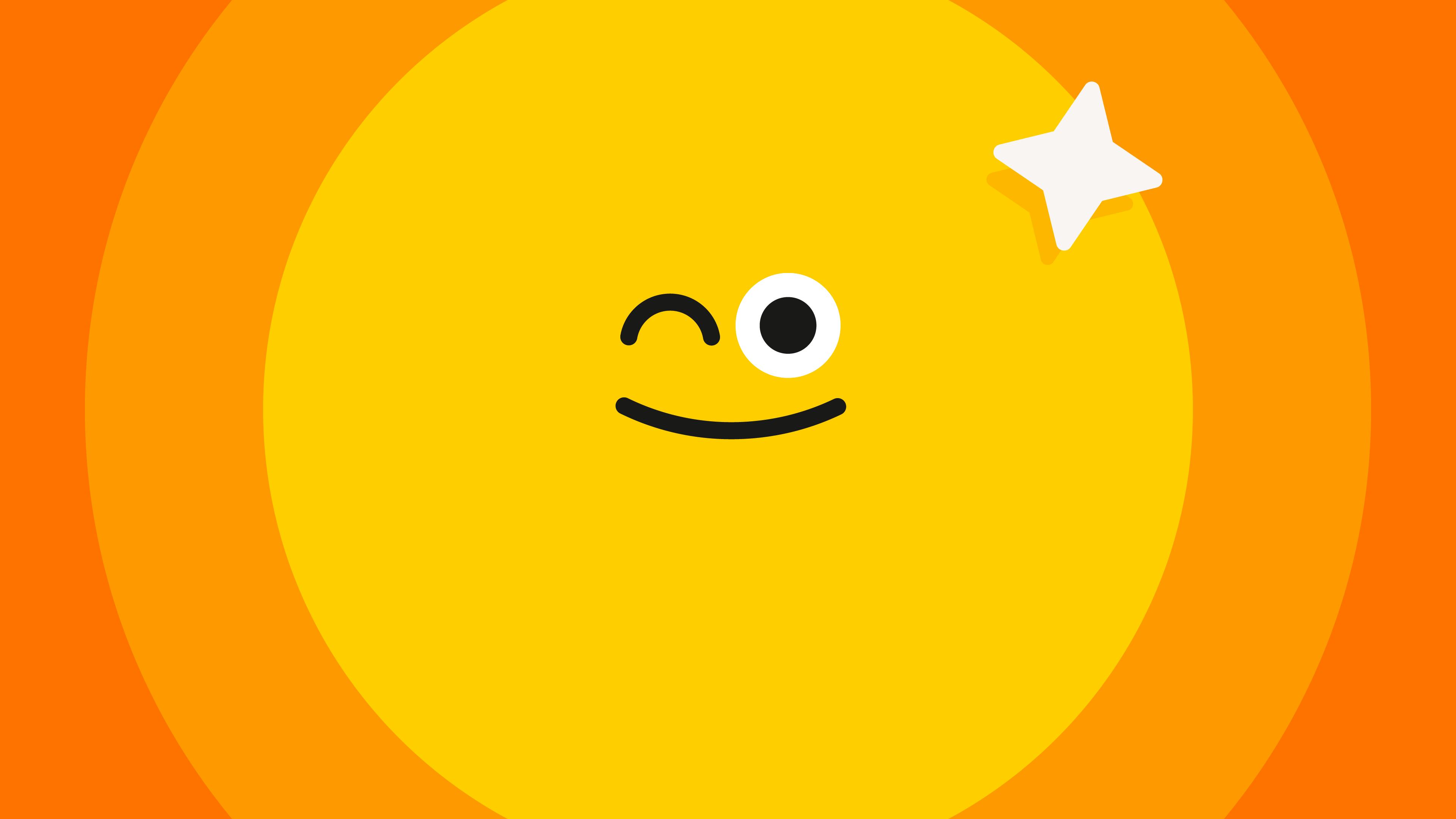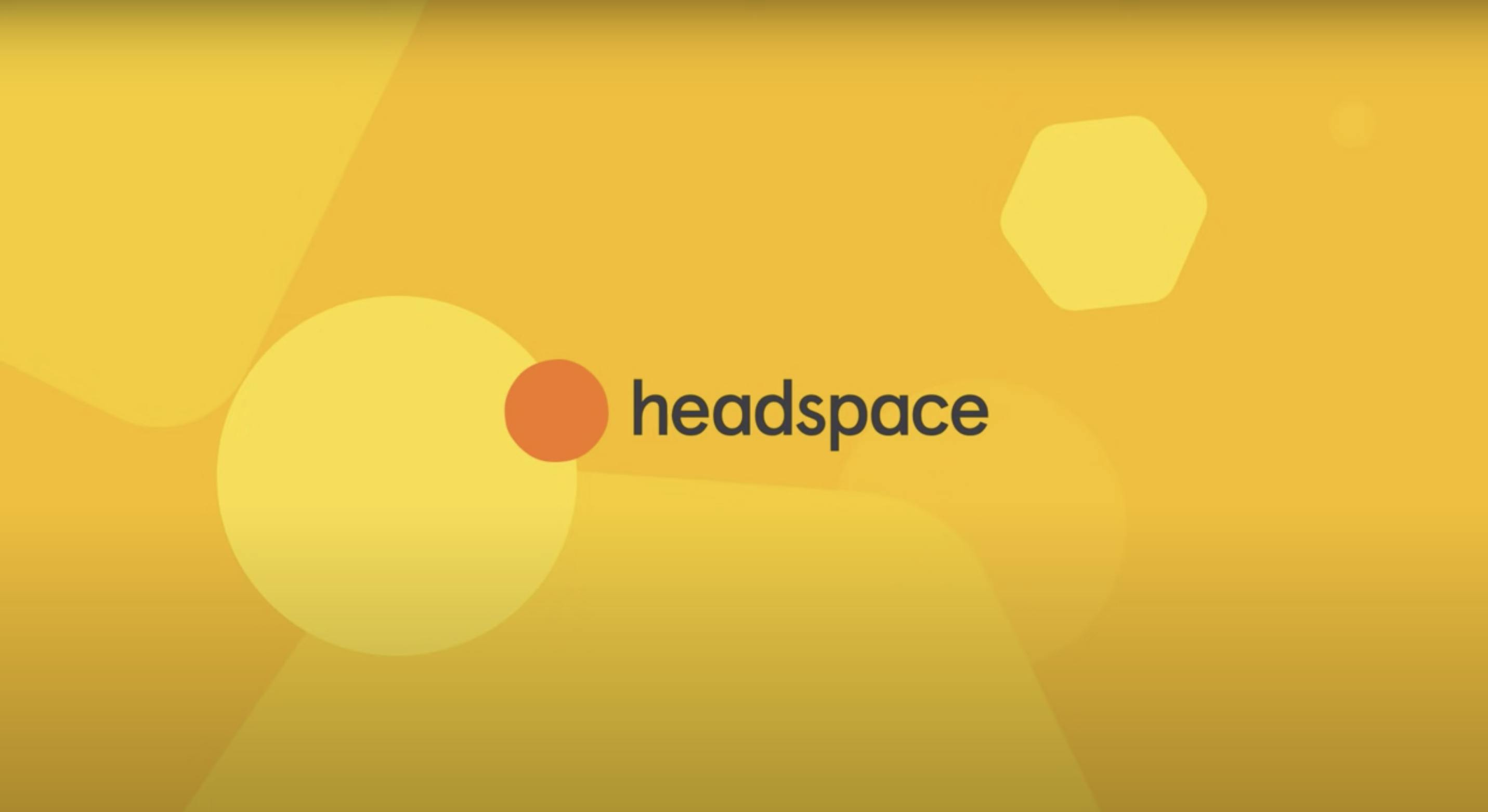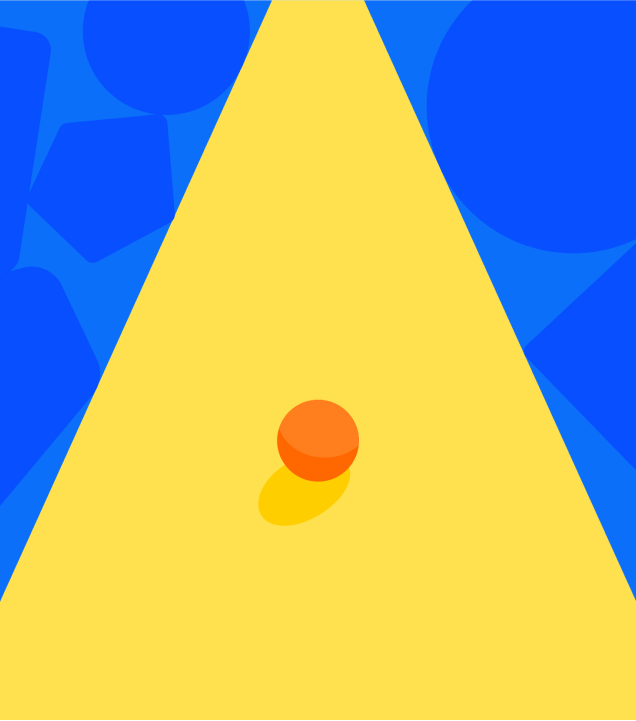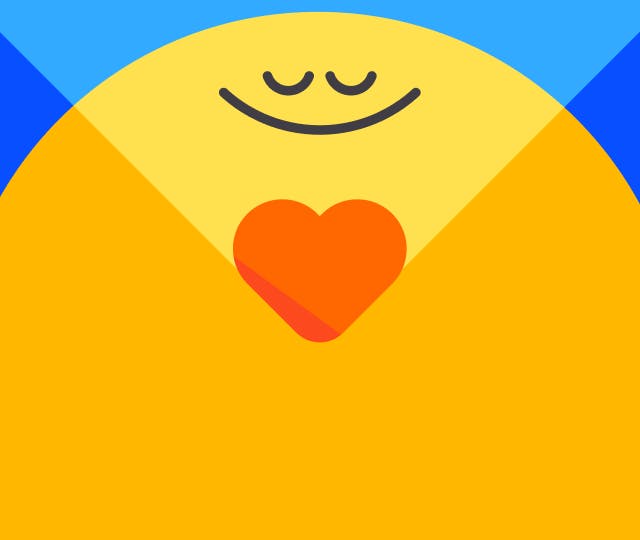Body scan meditation: tune in, let go, and relax fully

In this article
- What is body scan meditation?
- When to use body scan meditation throughout the day
- Try this three-minute body scan
- The science and benefits of body scan meditation
- How body scan differs from other mindfulness practices
- Simple meditation techniques for beginners
- Common challenges with body scan meditation and how to overcome them
- How to do a body scan guided meditation
- Start a daily meditation practice and begin experiencing benefits
Feeling overwhelmed, tense, or emotionally drained? Body scan meditation is one of the most accessible meditation techniques for reconnecting with your body and calming the mind. This simple mindfulness practice involves bringing gentle, nonjudgmental awareness to different parts of your body, from head to toe.
Here’s everything you need to know about body scan meditation, including how it works, when to use it, and how to build it into your daily routine.

What is body scan meditation?
Stress can show up in the body before you even notice it in the mind, through headaches, tight shoulders, back pain, or fatigue. Body scan meditation helps bring these signals to light.
By mentally scanning yourself from top to bottom—often visualized like a laser or copy machine slowly moving down the body—you build awareness of physical sensations, including discomfort, tension, or areas of ease. The goal isn’t to change anything, but simply to notice what’s there with openness and care.
Over time, this practice can help shift how you relate to stress, pain, and challenging emotions, giving you space to respond more thoughtfully and with more self-compassion.
When to use body scan meditation throughout the day
Body scan meditation is flexible enough to support you at different points in the day. Whether you're looking for focus, rest, or emotional release, it can meet you where you are:
-
First thing in the morning: Begin your day with presence. A short body scan can help you start with calm awareness, rather than rushing into stress or to-do lists.
-
Midday reset: If work stress or emotional burnout starts creeping in, take a 5--10 minute break to reset. Noticing how your body feels can reduce tension and bring clarity.
-
Before bed: A body scan can be especially helpful at night to quiet racing thoughts and guide you into sleep. Many people find this to be the best time to meditate if their minds tend to stay busy after dark.
With practice, body scan meditation becomes a grounding tool that you can return to anytime you need to slow down and reconnect with yourself.
Try this three-minute body scan
Sitting comfortably, take a deep breath in through the nose, and out through the mouth. As you exhale, gently close your eyes.
Start at the top of your head and begin to scan down through your body. Notice how each part feels—relaxed or tense, light or heavy, comfortable or uncomfortable. You’re not trying to change anything, just becoming aware. Continue down through your shoulders, arms, chest, stomach, hips, legs, and finally, your feet.
Let each breath support your attention. If your mind wanders, gently bring it back to wherever you left off.
The science and benefits of body scan meditation
Scientific research supports what many people experience during body scan meditation: a genuine shift toward calm and balance in both body and mind through measurable physiological changes.
-
Activates the parasympathetic nervous system, which helps the body shift from stress mode to a relaxed "rest and digest" state
-
Lowers cortisol, the body's main stress hormone
-
Strengthens interoception, or awareness of internal bodily states --- an essential skill for regulating emotions and tuning in to personal needs
Research shows that even brief body-based mindfulness practices can improve mood and reduce physical signs of stress. Another review found that consistent mindfulness meditation can lead to brain changes that enhance emotional regulation and lower stress reactivity.
These positive physical benefits are why body scan meditation is often used in programs that support anxiety relief, pain management, and emotional resilience.
How body scan differs from other mindfulness practices
While mindfulness can take many forms, body scan meditation has a somatic, or body-based, focus. This makes it especially helpful when you:
-
Feel emotionally overwhelmed or dissociated
-
Are managing physical discomfort
-
Need something more tangible than focusing on the breath or a mantra
In contrast to breath awareness or open monitoring (observing thoughts as they arise), body scan gently anchors you in the present moment through slow, steady attention to physical sensations. It's a foundational practice, particularly useful for anyone exploring meditation for beginners.
Simple meditation techniques for beginners
If you're just starting out, try one of these entry points to mindfulness:
-
Breath awareness: Focus on the inhale and exhale. Each time your mind wanders, gently return to your breath.
-
Body scan meditation: For beginners, this involves mentally moving through your body from head to toe, observing physical sensations with curiosity and without judgment.
-
Guided visualizations: Imagine calming imagery, like sunlight or nature, to support relaxation and focus.
These techniques are all simple, accessible, and effective ways to get started. Just a few minutes a day can help you begin to experience the benefits of meditation.

Reset: Decompress Your Body and Mind
10 minutes
Common challenges with body scan meditation and how to overcome them
Like any new practice, body scan meditation can come with a few bumps in the road. Here are common experiences, and how to work through them with patience and kindness:
-
Distraction: Minds wander - that's normal. Each time you notice, simply return your attention to the body.
-
Falling asleep: If you often nod off, try practicing in an upright position or during the day instead of right before bed. Sleepiness is a sign your body may be deeply tired, and that's okay.
-
Not "feeling" anything: Some areas of the body might feel neutral or numb. That's not a failure; it's part of learning to tune in. Just notice what you can, without forcing anything.
Consistency, not perfection, is what makes the difference.
How to do a body scan guided meditation
With your eyes closed, start at the top of your head and mentally scan down your body.
Bring awareness to your head and neck: Do you feel tension, relaxation, warmth, or fatigue? Slowly continue down to your shoulders, arms, hands, chest, stomach, hips, legs, and feet. Spend 20–30 seconds on each area.
If you notice discomfort, try breathing into that area with calm attention. Visualize the tension softening or releasing. And if your mind drifts, gently bring it back to wherever you left off. There’s no need to fix anything; just observe with openness. You’re building a deeper connection with your body and a more grounded relationship with yourself.
Start a daily meditation practice and begin experiencing benefits
If this introduction to body scan meditation has been helpful, Headspace can support you even further.
The app includes:
-
A 10-day beginner's course to help you learn the essentials
-
A 30-day managing stress course with tools for everyday life
-
Guided meditations for sleep, compassion, anger, focus, and more
Whether you're working through stress, burnout, or emotional overwhelm, there's an approach that meets you where you are.
Be kind to your mind. Start with a free trial of Headspace.
READ NEXT: Breathing exercises to reduce stress
Sources:
Gotink, R. A., Meijboom, R., Vernooij, M. W., Smits, M., & Hunink, M. G. M. (2016). 8-week Mindfulness Based Stress Reduction induces brain changes similar to traditional long-term meditation practice: A systematic review. Brain and Cognition, 108, 32--41. https://pubmed.ncbi.nlm.nih.gov/27429096/. Accessed on June 28, 2025.
Parkin, L., Morgan, R., Rosselli, A., Howard, M., Sheppard, A., Evans, D., ... & Critchley, H. D. (2016). Exploring the relationship between mindfulness and cardiac perception. Health, 8(4), 387--399. http://dx.doi.org/10.4236/health.2016.84029. Accessed on June 28, 2025.


Be kind to your mind
- Access the full library of 500+ meditations on everything from stress, to resilience, to compassion
- Put your mind to bed with sleep sounds, music, and wind-down exercises
- Make mindfulness a part of your daily routine with tension-releasing workouts, relaxing yoga, Focus music playlists, and more


Stay in the loop
Be the first to get updates on our latest content, special offers, and new features.
By signing up, you’re agreeing to receive marketing emails from Headspace. You can unsubscribe at any time. For more details, check out our Privacy Policy.
- © 2025 Headspace Inc.
- Terms & conditions
- Privacy policy
- Consumer Health Data
- Your privacy choices
- CA Privacy Notice







